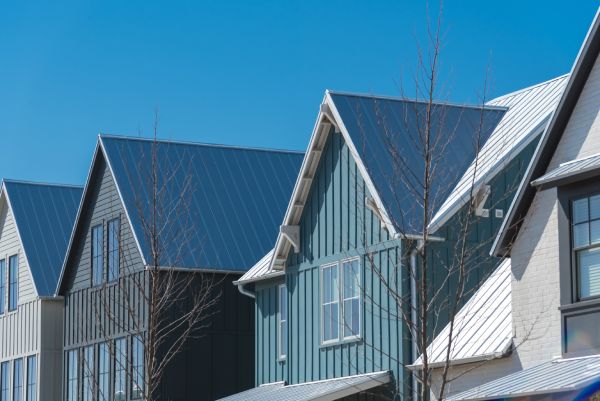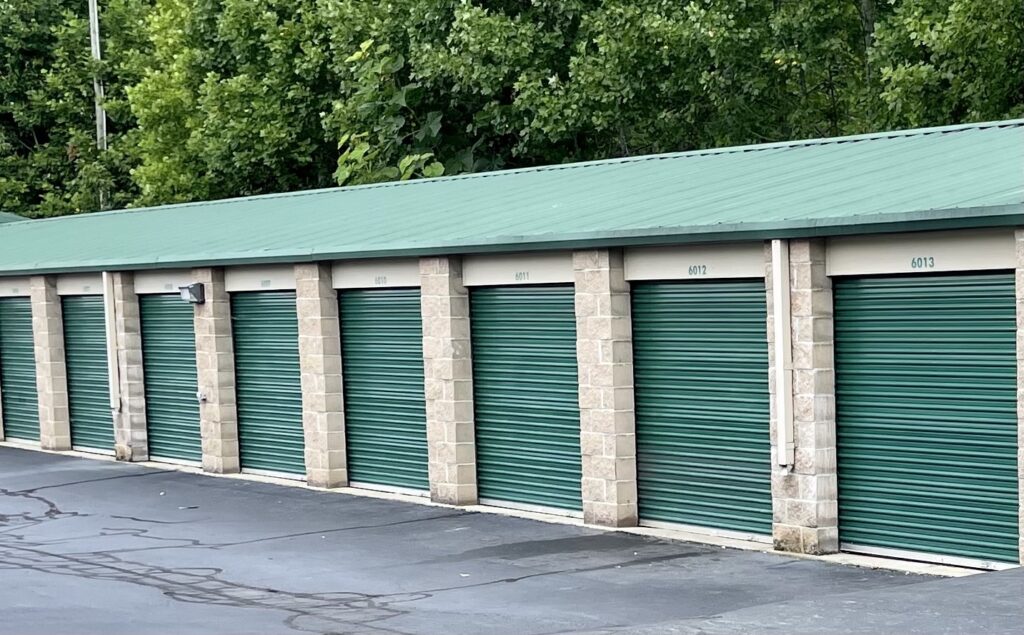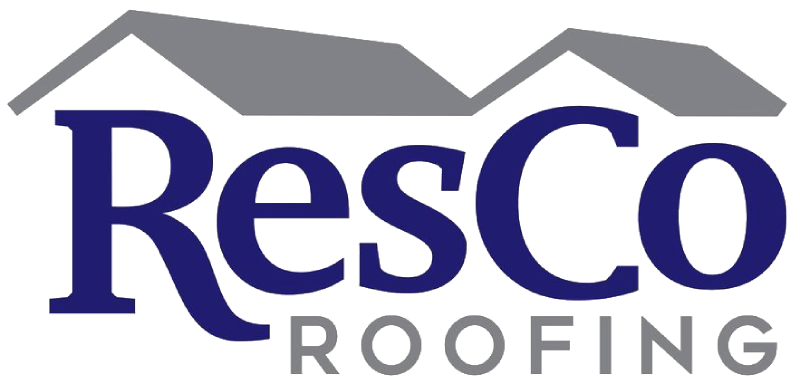The Noise Factor: Debunking Myths About Metal Roof
When it comes to metal roofs, there’s a thunderous myth that’s been echoing around for years – they’re noisy, especially during rainstorms. But is there any truth behind this common belief? Welcome to our enlightening blog post: ‘The Noise Factor: Debunking Myths About Metal Roofs.’ In this article, we’ll tackle this misconception head-on, diving deep into the reality of what living under a metal roof truly sounds like. From understanding the science of sound to exploring noise reduction techniques, we’ll reveal how modern metal roofing systems are designed to keep your home as peaceful as any other. So, let’s turn down the volume on misconceptions and tune into the facts about metal roof!
The Reality Behind the Noise
The clanging and banging of a metal roof during a rainstorm is a common image many people hold. It’s a myth that has been perpetuated for years, leading many to believe that metal roofs are excessively noisy. However, this couldn’t be further from the truth. The reality is that with proper installation and insulation, metal roofs can be just as quiet, if not quieter, than other types of roofing materials.
One might wonder how a material known for its rigidity and strength could offer a quiet environment. The key lies in the installation process. A metal roof installed with solid sheathing and high-quality underlayment significantly reduces noise transmission. This layer of protection not only increases the energy efficiency of your home but also acts as a sound barrier, keeping the interior quiet even during heavy rain or hailstorms.
Contrary to popular belief, metal roofs do not amplify sound. When compared to traditional asphalt shingles or tiles, the difference in decibel levels is often negligible. Any slight increase in noise that might be noticed is often masked by ambient noise within the house, such as air conditioning, music, or conversation.
In conclusion, the myth of the noisy metal roof has been thoroughly debunked. Today’s metal roofs, with their advanced design and roof’s installation processes, offer homeowners a quiet, comfortable environment regardless of the weather conditions outside. So, next time you’re considering a new roof, don’t let the fear of noise deter you from considering a metal roof.

Insulation is the Key
When it comes to metal roofing, one phrase rings true – insulation is key. While the sleek, durable nature of metal roofs already makes them an attractive option for homeowners, proper insulation can elevate their performance significantly. Insulation serves as a game-changer, unlocking numerous benefits such as increased energy efficiency, reduced noise, and enhanced comfort.
Insulation for metal roofs isn’t just about keeping your home warm in winter and cool in summer; it’s also about eliminating potential problems. Moisture build-up, a common issue with many roofing types, can be effectively combated with proper insulation. By maintaining a consistent temperature, insulation helps to prevent condensation, thereby decreasing the likelihood of corrosion and other moisture-related issues.
Moreover, the choice of insulation material can make a significant difference. Options like rigid foam and spray foam are often recommended due to their superior performance. These materials not only provide excellent thermal resistance but also contribute to noise reduction. This means that with the right insulation, even during a heavy downpour, the interior of your home can remain peaceful and quiet.
In conclusion, while the metal roof itself offers many benefits, it’s the insulation that truly unlocks its full potential. Proper insulation ensures that your metal roof is not just a protective shield against the elements, but also a contributor to your home’s overall energy efficiency and comfort. So, remember, when it comes to metal roofing – insulation is indeed the key!
Comparing Metal to Other Materials
When it comes to roofing options, there’s a wide range of materials to choose from. However, metal roofs often stand out due to their strength, durability, and overall performance. But how do they stack up when compared to other materials? A closer look reveals some interesting insights.
Metal roofs are known for their robustness and longevity. Unlike asphalt shingles or wooden shakes, metal roofs can withstand harsh weather conditions without succumbing to wear and tear. While asphalt shingles may need replacing every 15-20 years, a well-installed metal roof can last a lifetime. It’s also resistant to fire, mildew, insects, and rot, making it a safer option for many homeowners.
In terms of energy efficiency, metal roofs are hard to beat. They reflect solar radiant heat, which can reduce cooling costs by 10-25%. This stands in stark contrast to asphalt shingles, which absorb heat and can contribute to higher energy bills during hot summer months. Additionally, metal roofs are environmentally friendly as they are often made from recycled materials and are 100% recyclable at the end of their life.
But what about aesthetics? Many people have an outdated image of metal roofs being purely functional and lacking in style. However, modern metal roofs come in a variety of styles, colors, and finishes, allowing homeowners to choose a look that complements their home perfectly. From standing seam styles to those that mimic slate, tile, or wood shake, there’s a metal roof to suit every aesthetic preference.
In conclusion, when comparing metal to other materials, metal roofs consistently come out on top. They offer superior durability, energy efficiency, and a wide array of design options, making them an excellent choice for any home.
The Impact of Roof and Building Design
Metal roofing has emerged as a popular choice in both industrial and residential building design, thanks to its impressive array of benefits. A key advantage of metal roofs is their resilience and longevity. These impact-resistant materials are built to withstand various environmental conditions, making them a reliable choice for building owners who value durability and low maintenance.
In addition to their robustness, metal roofs also have significant sustainability credentials. They represent a paradigm shift in the building materials sector, marrying practicality with environmental stewardship. Metal roofs naturally decrease ambient temperatures near buildings, enhancing site habitats and migration corridors. This factor alone highlights their potential role in mitigating the effects of urban heat islands and contributing to biodiversity conservation.
Another noteworthy benefit of metal in commercial buildings is energy efficiency. Special coatings on metal panels can help a building reduce its energy consumption, making it more sustainable and cost-effective in the long run. This feature not only minimizes the building’s carbon footprint but also contributes to a healthier and more comfortable indoor environment.
Moreover, the design versatility of steel offers the potential to revolutionize existing envelope designs. The roof, which can significantly impact a building’s energy use, can now be optimized with coatings and finishes that enhance the building’s performance. This means that architects and builders can create aesthetically pleasing designs without compromising on energy efficiency or sustainability. In conclusion, the impact of roof and building design for metal roofs is profound, offering a blend of durability, sustainability, energy efficiency, and design flexibility.

The Role of Perception
The role of perception in the choice of metal roofing is crucial. While metal roofs are known for their durability and low maintenance, they often suffer from a perception bias. Many people perceive metal roofs as industrial and cold, which can be a deterrent when considering them for residential or aesthetically focused projects. However, this perception is being challenged by the evolution and versatility of metal roof designs.
Metal roofing has come a long way from its humble beginnings. Today’s metal roofs offer an impressive array of design options, making them suitable for a vast range of architectural styles. This shift in perception is driven by innovative metal roofing profiles that provide an elegant aesthetic to match any home style. The value of a property can significantly increase when potential buyers perceive a metal roof as a sign of quality, durability, and low maintenance.
Perception also plays a significant role in the debate about metal roofs’ performance against different environmental conditions. While sensational media coverage might paint a picture of metal roofs being susceptible to high wind events, such as hurricanes, the reality is often different. Metal roofs are designed to be resilient and withstand various environmental conditions, challenging the skewed perception of their performance during severe weather events.
Finally, the perception of metal roofs regarding their susceptibility to corrosion is another point of contention. While it is generally believed that aluminum roofs are not affected by corrosion, the truth is that they are highly active metals. However, modern treatments and coatings have significantly improved their corrosion resistance, further enhancing their appeal. In conclusion, the role of perception in the choice of metal roofs is evolving as more people become aware of their benefits and versatility.
The Longevity Advantage
A key selling point for metal roofing is its impressive longevity. With a lifespan that can stretch from 40 to 70 years, depending on the material, metal roofs outlast many of their counterparts by decades. This long lifespan is a testament to the robustness of metal as a roofing material, capable of withstanding a variety of environmental conditions and wear and tear.\
This longevity advantage translates into significant cost savings over time. While the initial investment in a metal roof might be higher than other materials, the reduced need for frequent replacements makes it a more cost-effective choice in the long run. Homeowners can appreciate the peace of mind that comes with knowing their roof is built to last, reducing the worries of unexpected roof repairs or replacements.
Moreover, the long lifespan of metal roofs also contributes to their environmental sustainability. By decreasing the frequency of roof replacements, metal roofs help reduce the amount of roofing waste that ends up in landfills. This makes metal roofing an excellent choice for those who are conscious about their environmental footprint and want to make sustainable choices for their homes.
Additionally, the longevity of metal roofs does not compromise their performance. They continue to offer superior durability, safety, energy efficiency, and aesthetic appeal throughout their lifespan. With proper installation of roof and maintenance, homeowners can enjoy the multitude of benefits that metal roofs provide for many years. In conclusion, the longevity advantage of metal roofs makes them a smart and sustainable choice for any home.
In conclusion, the myth that metal roofs are excessively noisy is just that – a myth. With proper installation, insulation, and design, a metal roof can be just as quiet as its counterparts. So, next time you hear someone say that metal roofs are like living inside a drum, you’ll know better. It’s time to turn down the volume on this myth and let the truth about metal roofing play on. Remember, metal roofing offers numerous benefits, including durability, sustainability, energy efficiency, design flexibility, perception change, and longevity. These are just some of the many reasons why metal roofs are gaining popularity among homeowners and builders alike. With ongoing technological advancements in the industry, there is no doubt that metal roofing will continue to evolve and provide even more benefits in the future.
https://www.google.com/maps?cid=6129032492384724290
